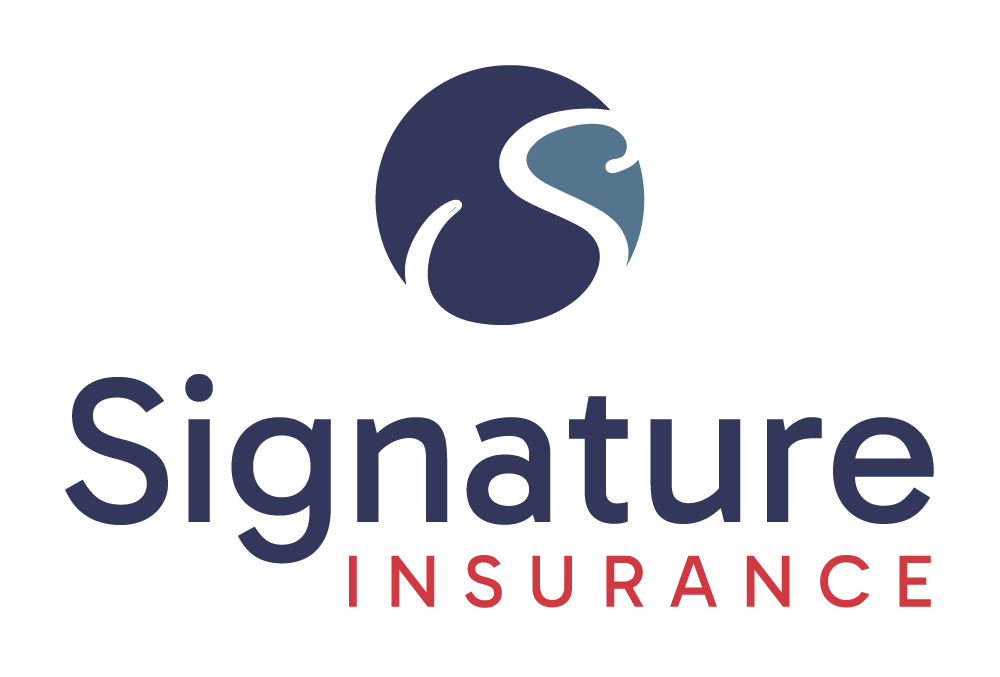Teaching a teenager to drive is often one of the most nerve-wracking experiences that you can have as a parent. You want to teach them how to be responsible, understand the risks they take by getting behind the wheel, and protect themselves while driving. Still, age and inexperience are big factors in why teens are often the riskiest drivers on the road.
According to the CDC, even though teens aged 15 – 19 make up only about 6% of the U.S.’s population, they represent more than 8% of all costs related to vehicle crash fatalities and injuries. Sixty-three percent of teens killed in accidents were driving the vehicle at the time of the crash.
These are alarming statistics not only for parents of teen drivers, but also for auto insurers. Car insurance companies know that teens are more likely to face accident risks, no matter how safely the teen tries to drive. That’s why when you seek to insure your teen, your insurer will often have to charge you more money. Teens have higher risks of costing insurers a lot of money. To make up for those losses, they might have to raise premiums on that driver when compared to others.
Still, though their driving risks often makes them susceptible to higher insurance rates, there are still things you can do as a parent to keep these costs under control. Whether you or your teen is the one who pays for the policy, you can work with your insurance agent to figure out the best ways to save money.
Let’s take a closer look at some of the easy, practical ways that you might be able to reduce your teen driver’s overall risk rating, save money on their insurance premiums and set them up for a lifetime of quality insurance savings.
Step One: Give Your Teen Driver the Safest Car in Your Home
Often, you can insure your teen as part of a multi-car auto policy which will cover all the vehicles and drivers in your household. Your teen will have coverage no matter which family car they drive. However, you might also be asked to name a primary operator for each vehicle you intend to insure. So, your teen should be the primary operator on the car that they use most-frequently.
The best idea is to name your teen as the primary driver on the safest car in your possession. This is the car that not only has the best safety features, but also is the easiest to repair and maintain. The relative value of this premium is likely to be lower overall.
Step Two: Enroll the Teen in a Defensive Driving Course
Even though your teen might have completed their driver’s education requirements, they can still benefit from extra practice. By enrolling your teen in a defensive driving course, you give them the opportunity to learn more about how to be a safe driver. This extra commitment can make them safer in the long run.
Therefore, if a teen completes and passes an insurance-approved defensive driving course, their insurer might offer them a premium discount. Usually, it is as simple as sending a certificate of completion to your agent to implement these savings.
Step Three: Adjust Your Teen’s Policy Deductibles
If your teen’s auto coverage has collision and comprehensive physical damage insurance, then they will likely have deductibles attached. A deductible is the amount of money that the insured driver must pay for damage costs before their insurance will begin to pay. So, if you have a $500 collision deductible on your teen, then you must pay the first $500 of any vehicle damage.
By increasing your deductibles, you reduce the amount that your insurer might have to pay for a teen’s damage costs. As a result, they might be able to lower your premiums. However, always be careful when increasing deductibles. The higher the deductible value you choose, the more you will have to pay out of pocket for damage costs.
Step Four: Consider a Teen Tracking Program
Many insurers offer special savings for parents who take extra steps to keep an eye on their teen when they get behind the wheel. Multiple smartphone apps offer parents the ability to track their teen’s activities behind the wheel. Not only will you get a better idea of how your teen behaves while driving, but many insurers will offer you the ability to save on your rates. Some will even offer you the ability to access these programs at no cost.
Step Five: Encourage Your Teen to Get Good Grades
Multiple insurers offer good student discounts for qualifying teen drivers. This means that if you child maintains good grades, such as a B average or higher, they can often qualify for a discount on their rates. Studies show that good students are often those who have the lowest risks of car accidents.
It doesn’t have to be hard to help save your teen money on their car insurance. All you have to do is ask one of our agents which policy options offer the best ability for you to insure them affordably. We can help you compare multiple policies to land on the one that offers your teen optimized coverage and costs.
